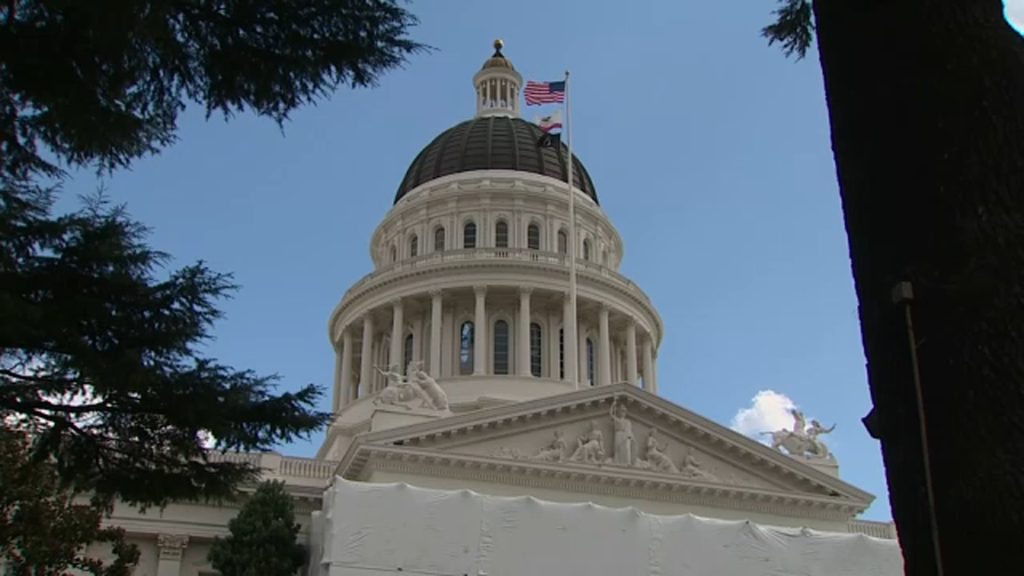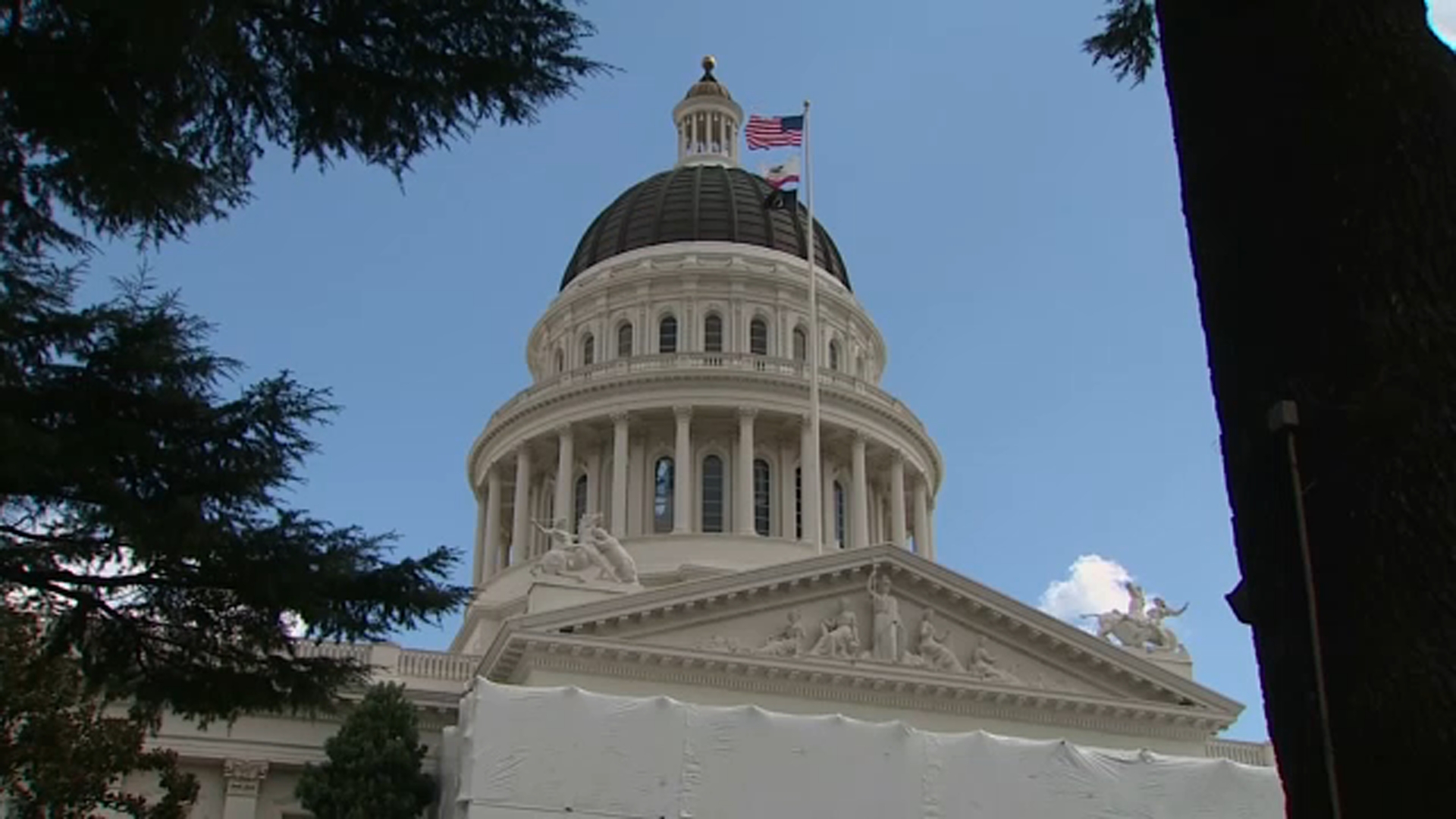
Harriet Tubman Information Removed from U.S. Parks Website Without Agency Approval

Title: The Battle Over Memory: Harriet Tubman’s Erasure and the Fight to Preserve Accurate History
Recent edits to a National Park Service (NPS) website have ignited a fierce debate about historical memory, public accountability, and the politicization of cultural institutions. At the center of the controversy is the attempted removal of Harriet Tubman’s name and contributions from official descriptions of the Underground Railroad. After swift public backlash and reporting by major outlets such as The Washington Post and Hyperallergic, NPS has restored the original content—but the episode raises pressing questions about the future of historical truth in public spaces.
The Edits: A Revisionist Shift
On March 4, 2025, the NPS quietly altered its webpage titled “What is the Underground Railroad?”, replacing its 2022 version with a drastically revised and whitewashed narrative. The revised page omitted references to Harriet Tubman, one of the most iconic conductors of the Underground Railroad and a symbol of African American resistance to slavery. A powerful full-body image of Tubman and a guiding quote were stripped from the page, replaced with small headshots of abolitionists—including Tubman—formatted like postage stamps and captioned “Black/White Cooperation.”
The updated text reframed the Underground Railroad not as a grassroots resistance movement led by enslaved African Americans and their allies, but as a broader symbol of American principles—”liberty and freedom expressed in the Declaration of Independence and the Constitution.” It emphasized themes of racial reconciliation and cooperation, effectively neutralizing the narrative of resistance, bravery, and Black agency that defined the original story.
Why It Matters
Harriet Tubman’s role in American history is not just symbolic; it is factual and foundational. Born into slavery, Tubman escaped and returned to the South numerous times to guide enslaved individuals to freedom using secret networks now collectively known as the Underground Railroad. Her life epitomizes the courage and determination of millions of enslaved African Americans who resisted their captivity, often at great personal risk.
By omitting key figures like Tubman and vague-languaging the systemic oppression that made the Railroad necessary, the revised page undermines decades of scholarly research and public education efforts. More disturbingly, it contributes to a growing trend of historical negationism—where authorities attempt to sanitize or rewrite the past to align with specific political agendas.
The Political Context
This incident must be understood within a broader political and ideological movement. Since January 2025, national institutions under the Trump administration have rolled back Diversity, Equity, and Inclusion (DEI) initiatives across federal programs, museums, and educational platforms. In February, NPS removed mentions of “transgender” from its websites, including those referencing the Stonewall Monument in Manhattan—an emblem of LGBTQ+ rights.
These efforts appear to stem from a wider campaign to marginalize critical engagement with topics such as systemic racism, gender identity, and intersectionality. On March 27, a new executive order from Donald Trump targeted so-called “race-centered ideology” at the Smithsonian Institution, decrying educational programs that recognize and address America’s complicated racial past.
A Pattern of Erasure
These changes are not isolated incidents. They are part of a sustained initiative to redirect how the nation views itself—one that exalts a singular, often mythologized version of history while minimizing or erasing more inclusive narratives. Removing Tubman’s name from the story of the Underground Railroad sends a chilling message: that Black resistance to slavery can be downplayed, or even ignored, in favor of a more sanitized story of “cooperation.”
The Importance of Public Accountability
Following wide public condemnation and extensive media coverage, NPS announced that the change was made “without approval from NPS leadership” and swiftly restored the original content. However, the agency has not publicly identified who ordered or executed the edit, leaving unanswered questions about internal oversight and the potential for further politically motivated revisions.
Public trust is a cornerstone of institutions like the NPS, which are tasked with preserving and interpreting the nation’s historical and cultural landmarks. When that trust is violated—particularly in such high-profile and symbolically loaded cases—it undermines confidence in the objectivity and educational mission of these agencies.
The Role of Vigilant Citizenship
This controversy underscores the need for citizens, historians, educators, and cultural workers to remain vigilant. Historical memory does not exist in a vacuum; it is curated, interpreted, and shaped by those in power. When authority seeks to erase difficult truths or minimize the sacrifices of marginalized communities, it becomes the responsibility of the public to demand transparency, accountability, and restoration.
Conclusion: Tell the Full Story
Harriet Tubman’s legacy is not optional; it is essential. So is the legacy of the hundreds of others—named and unnamed—who risked everything under the banner of the Underground Railroad. Attempts to delete or dilute this legacy are not just acts of censorship—they are assaults on historical reality.
The swift public reaction and eventual restoration of Tubman’s